Pt. Rajan Sajan Mishra
Pt. RAJAN SAJAN MISHRA: The Brothers, Who Showed Advaita through Jugalbandi
Indian classical music performance is generally thought of as a conversation with self, in a given Raga, through the language of notes. However, the tradition of Jugalbandi, which is more often marked by its inherent competitive nature, is also quite ancient. There have been great exponents of this format like Ustad Nazakat and Salamat Ali Khan, Singh Brothers [in Khayals], and DAGAR Brothers [in Dhrupad]. Among its modern exponents, the name of Pandit Rajan Sajan Mishra would be remembered for their unique way, which focused on showing the Advaita in music, despite performing Jugalbandi.
Unique kind of Talim
 Pandit Rajan Sajan Mishra belong to Banaras Gharana, the origin of which has been traced to around 7-800 years back, to Kirtan Tradition. Pandit Rajan Mishra says, “right from our childhood, we were taught various music forms like Dhrupad/Dhamar, Khayal, Thumri, Tappa etc. since we were more interested in Khayals, our Gurus trained us extensively in it, but we imbibed some elements of Dhrupad like Meend Gamaka etc, in it. In the morning we had to sing a given Palta for 200-400 times. After a short break, we would start practice, of various Ragas, as per their time schedule. In this, we would sing as if we are singing in a concert, and there should be no repetition. To motivate us, our father/guru would tell us the stories of great masters. For example, Ustad Faiyaz Khan would sing the Rishabha of Todi in such a way that, we would feel that a 1000-watt bulb has been switched on. Apart from these stories, we would be motivated through other ways. For example, our father would take us to a market and would give us the things to be brought home. While coming home, if we could by heart a given composition, we would get 4 Anas. We were told not to become a frog in a well, but to become a fish in the sea. For this, we were encouraged to listen to a lot of artists. our guru would tell us that, even if a beggar sings something good, learn from it.”
Pandit Rajan Sajan Mishra belong to Banaras Gharana, the origin of which has been traced to around 7-800 years back, to Kirtan Tradition. Pandit Rajan Mishra says, “right from our childhood, we were taught various music forms like Dhrupad/Dhamar, Khayal, Thumri, Tappa etc. since we were more interested in Khayals, our Gurus trained us extensively in it, but we imbibed some elements of Dhrupad like Meend Gamaka etc, in it. In the morning we had to sing a given Palta for 200-400 times. After a short break, we would start practice, of various Ragas, as per their time schedule. In this, we would sing as if we are singing in a concert, and there should be no repetition. To motivate us, our father/guru would tell us the stories of great masters. For example, Ustad Faiyaz Khan would sing the Rishabha of Todi in such a way that, we would feel that a 1000-watt bulb has been switched on. Apart from these stories, we would be motivated through other ways. For example, our father would take us to a market and would give us the things to be brought home. While coming home, if we could by heart a given composition, we would get 4 Anas. We were told not to become a frog in a well, but to become a fish in the sea. For this, we were encouraged to listen to a lot of artists. our guru would tell us that, even if a beggar sings something good, learn from it.”
Music: an offering to God
Panditji’s guru insisted that music should be performed with the intention of offering oneself to god. Panditji says, “our guru would often say that, Lata Mangeshkar can touch people’s heart in a 3-minute song, and you people sing for hours and still cannot do it. If you ask yourself as to what is the purpose of singing, and if your answer is to worship the god, then slowly you will feel the notes differently. When we would practice Taans for some time, our guru would order us to take a break, since according to him if we practice for too long, our mind would be strained, and there would not be the Bhawa of Worship in our music.”
Advaita in Jugalbandi
Panditji was told that, jugalbandi is a friendly conversation, and not a competition to show one’s acrobatics. This teaching was followed by both brothers to the fullest. When they sing, one does not realize as to who is singing. when asked as to how these 2 co-ordinates so effectively, Pandit Sajan Mishra says, “it’s all because of love for each other. My older brother [Pandit Rajan Mishra] is just like my guru. our father/guru often told us that, jugalbandi should be a process in which 2 of you are creating something together.” Pandit Rajan Mishra continues, “we try to complement each other’s music. Sajanji is a person who can adjust himself in any Raga, even if it is not preplanned. It so happens that, we have planned 1 raga, but someone requests us to sing a different one. Sometimes my mood also changes and I Change the Raga just a few moments before the actual concert, but Sajanji brilliantly adjust himself with my perception.” Pandit Sajan Mishra gives an example, “once we had rehearsed a raga before a concert, but Bhaiya announced on the stage that, we are going to render a rare Raga Hansakinkini. now, I did not have any idea as to how the raga is, but with the blessings of Bhaiya, and Gurus, I could do well.”
Thoughts on Raga and its time
 Panditji believed that, a Raga can depict many Rasas. The lyrics of the composition in a Raga decides it’s Rasa for the time being. Pandit Rajan Mishra gives an example, “there are 100s of compositions in Malkauns, most of them are set to Bhakti or Shringar Rasa. However, there are a few Bandishes which portray Veera Rasa. The artist must understand what the lyrics of a Khayal/Bandish says, and should portray that Rasa in his rendition.” When the concept of Raga Samay is hotly debated upon, Panditji proved that it is totally scientific. “our Indian classical music is totally related to nature. at each time of a day, a person’s mood is different. Therefore, the notes which appeal to him at various times will also differ. The Re and Dha of Bhairav are Andolit, which denotes that the Sun has not fully risen. Whereas, in Todi both these notes become straight, which shows that the Sun has fully Risen. Bhatiyar uses Shudha Ma in prominence, to show that morning is slowly coming, but in some phrases Tivra Ma, which shows that there is still some darkness in the sky.”
Panditji believed that, a Raga can depict many Rasas. The lyrics of the composition in a Raga decides it’s Rasa for the time being. Pandit Rajan Mishra gives an example, “there are 100s of compositions in Malkauns, most of them are set to Bhakti or Shringar Rasa. However, there are a few Bandishes which portray Veera Rasa. The artist must understand what the lyrics of a Khayal/Bandish says, and should portray that Rasa in his rendition.” When the concept of Raga Samay is hotly debated upon, Panditji proved that it is totally scientific. “our Indian classical music is totally related to nature. at each time of a day, a person’s mood is different. Therefore, the notes which appeal to him at various times will also differ. The Re and Dha of Bhairav are Andolit, which denotes that the Sun has not fully risen. Whereas, in Todi both these notes become straight, which shows that the Sun has fully Risen. Bhatiyar uses Shudha Ma in prominence, to show that morning is slowly coming, but in some phrases Tivra Ma, which shows that there is still some darkness in the sky.”
Always a student
Panditji always viewed himself as a humble student of music. “in our view, it takes a life time to digest 1 raga. If we could accurately sing the Ma of Malkauns, or Re of Todi for once, we would consider our life to be successful. When Tansen was on his death bed, someone asked him as to what he had achieved in his life. Tansen told that, in this life I understood the true nature of Gandhar, and to understand other notes, I would have to take 7 more births.” Panditji continues, “even at this age, we listen to not only the great artists, but also the younger artists, in the hope that we can learn something new. we have often experienced that, we are just a medium, and someone else is singing through us. While we sing Marwa, suddenly we remember Pandit Bhimsen Joshi, and he sings something through us. If we sing Malkauns, we remember Ustad Amir Khan, and he is so kind that, he sings something through us. we believe that, a Raga is greater than any single artist/gharana. Many artists like Pandit Bhimsen Joshi, Ustad Amir Khan, etc. rendered Malkauns, but each artist showed different shade of the same Raga. we ourselves have been singing Malkauns since childhood, but when we teach it to our students, suddenly a new phrase comes, which we have never thought of.” Panditji advises students to be patient, and view music as a form of worship. “when any student practises, he should be alert as to whether he is singing the notes correctly. For example, if a student is practising a Palta in a Raga, he should analyse himself as regards how often he has been able to hit the correct frequency [Shruti] of the note in that Raga. to have a good understanding of this, one must practice with patience.”
– CA Bhushan Toshniwal


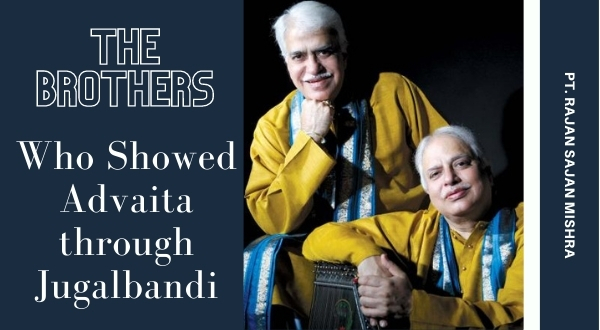
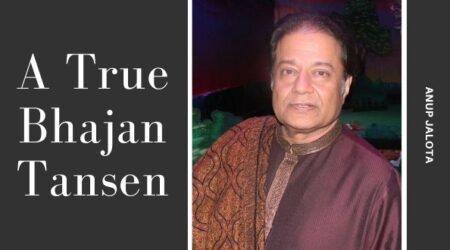
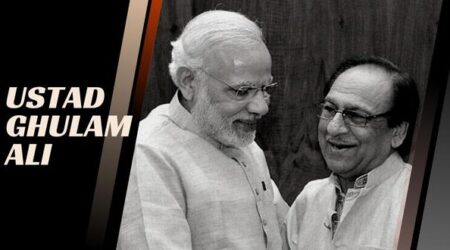
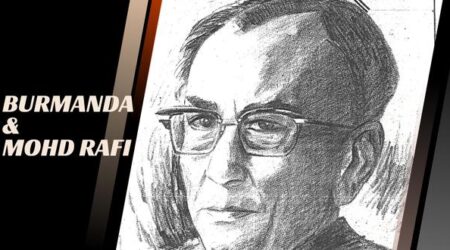
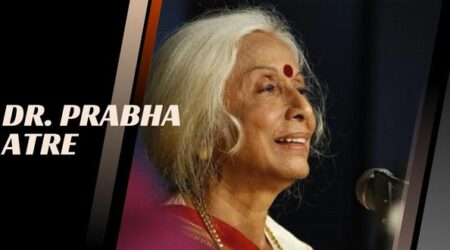
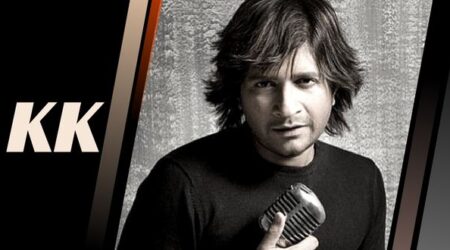
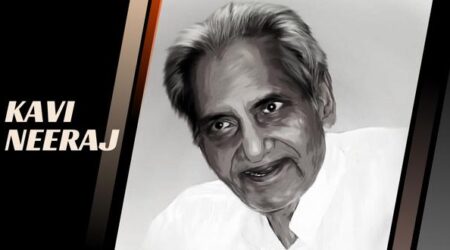
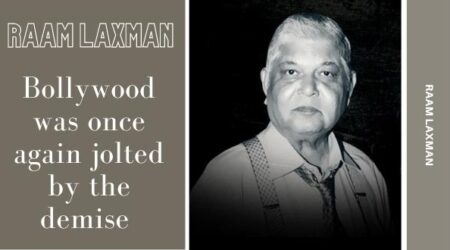
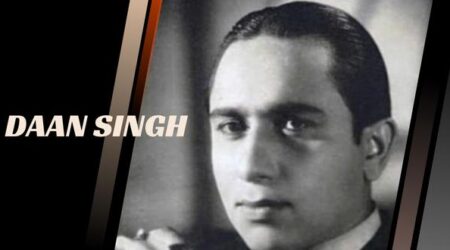
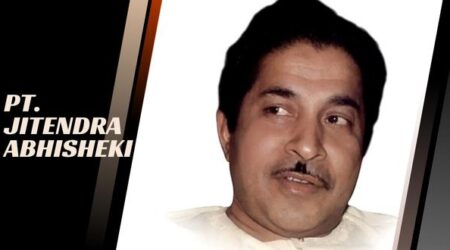
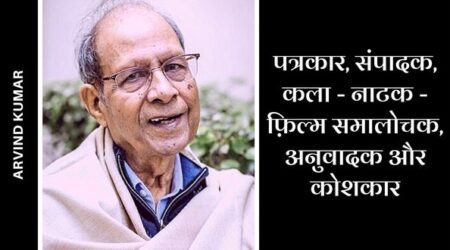

Leave a Reply